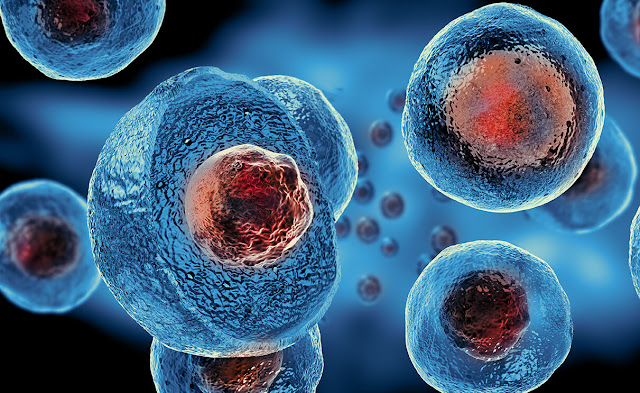 |
Cell-free Protein Expression |
Cell-free protein expression, also known as in vitro protein synthesis or CFPS, is the generation of protein without the usage of live cells employing biological machinery in a cell-free environment. The in vitro protein synthesis environment is unrestricted by the presence of a cell wall or the homeostatic parameters required for cell survival. As a result, CFPS allows direct access to and control of the translation environment, which is useful for a variety of applications such as co-translational solubilization of membrane proteins, protein production optimization, incorporation of non-natural amino acids, and selective and site-specific labelling. Different expression settings, including as pH, redox potentials, temperatures, and chaperones, may be examined due to the open nature of the system. Toxic proteins can be created since cell survival is not required.
Cell-free protein expression has been employed for almost 60 years, and Marshall Nirenberg and Heinrich J. Matthaei of the National Institutes of Health were the first to decipher a codon in 1961. They discovered that the polypeptide they manufactured included solely the amino acid phenylalanine after using a cell-free method to translate a poly-uracil RNA sequence. As a result of this poly-phenylalanine, they reasoned that the codon UUU specifies the amino acid phenylalanine. Nirenberg and his colleagues were able to establish the nucleotide composition of each codon as a result of their research.
Applications for which cell-free protein expression is ideal- Mammalian proteins expressed with appropriate glycosylation and native post-translational modifications (PTMs)
- Components essential for protein folding, protein stability, or protein breakdown are investigated.
- Experiments to characterize protein–protein interactions and protein–nucleic acid interactions
- Stable isotope labelling of proteins for structural analysis
- Virons that are functional or polypeptides that are poisonous
- Rapid and high-throughput expression of mutant or truncated proteins for functional analysis
A DNA template (either a plasmid or a PCR result) encoding the target protein, as well as a solution containing all the essential components to induce transcription and translation, are required for cell-free protein expression. This solution is known as a cell-free extract because the cell membranes have been removed, leaving just cytosolic and organelle contents. The expression of the target protein can begin once the genetic material and the cell-free extract are mixed.




Comments
Post a Comment